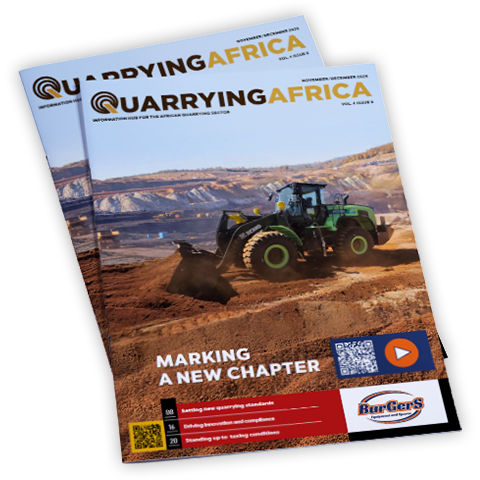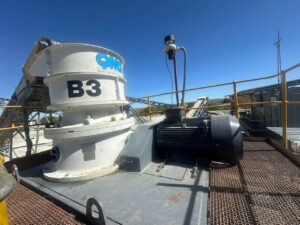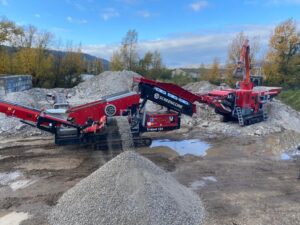Mining and quarrying are the sectors with the third highest prevalence of workplace harm globally, according to the latest Lloyd’s Register Foundation World Risk Poll report.
Data from the World Risk Poll shows that one in five (21%) people in mining and quarrying occupations have experienced harm at work in the past two years, third only to fishing (24%) and construction (22%). This also positions mining and quarrying above the global average (18%) across all industries.
Despite this finding, Lloyd’s Register Foundation has also revealed that mining and quarrying have the second highest rate of occupational safety and health (OSH) training of those industries analysed in the report, behind the utilities sector. However, there is still significant room for improvement.
Almost half (48%) of those working in mining and quarrying confirmed they have received OSH training in the past two years – well above the global average of 30%. Significantly, however, over two fifths (43%) said they had never received any training. While this is still well below the global average (62%), the significant proportion of untrained workers coupled with high rates of workplace harm should be cause for concern for the industry.
The findings are detailed in a new report from Lloyd’s Register Foundation – Engineering safer workplaces: Global trends in occupational safety and health – which is based on data from the latest World Risk Poll. The data was collected by global analytics and advisory firm Gallup, which conducted 147 000 interviews in 142 countries and territories around the world.
Mark O’Brien, chair of the Global Mining Guidelines Group, says: “Mining is an inherently dangerous industry, yet it plays an increasingly critical role in the global energy transition. As we ramp up operations to meet rising demands, safety must remain our shared, uncompromising priority. There are no competitive tensions when it comes to safety. We need to openly share knowledge, best practices, and innovative approaches to elevate safety standards across the globe. Every mining operation, no matter where it is located, has the responsibility to ensure that their people return home safely to their families each day. This report is confronting and reminds us of the challenge before us. Together, we must create a safer, more sustainable future for our entire industry.”
Tim Slingsby, Director of Skills and Education at Lloyd’s Register Foundation, says: “The latest data from the World Risk Poll offers mixed insight for the mining and quarrying sector. Primarily, the poll confirms that the sector has one of the highest rates of workplace harm – perhaps unsurprising given the dangerous environments most workers in the industry are exposed to in many parts of the world – but it does also have some of the highest rates of OSH training.
“However, that 43% of workers say they have never received OSH training is a cause for concern. Regular training and effective procedures for workers to report workplace harm must be more widely implemented to improve safety in the sector.”
The full 2024 World Risk Poll report, ‘Engineering safer workplaces: Global trends in occupational safety and health’, can be accessed here. The full data, including country and demographic-specific data, is also available on request.
![Data from the World Risk Poll shows that one in five (21%) people in mining and quarrying occupations have experienced harm at work in the past two years. [Photo by Shane McLendon on Unsplash]](https://quarryingafrica.com/wp-content/uploads/2024/10/shane-mclendon-89hUOLtVfoI-unsplash-scaled.jpg)





